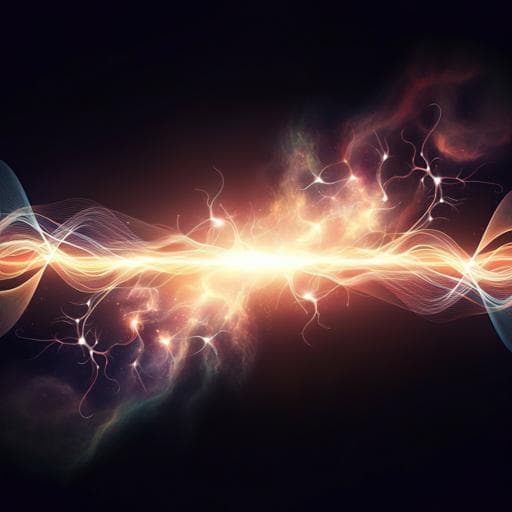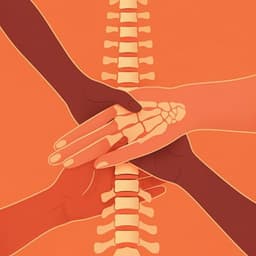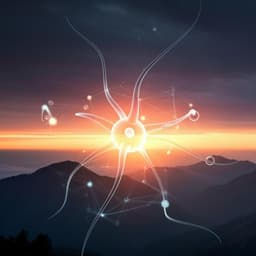
Medicine and Health
Walking naturally after spinal cord injury using a brain–spine interface
H. Lorach, A. Galvez, et al.
Discover how researchers from the NeuroX Institute and other institutions created a groundbreaking brain-spine interface that enables individuals with chronic tetraplegia to stand and walk naturally in community settings. This innovation not only restores movement but also improves neurological recovery, offering hope for those affected by paralysis.
~3 min • Beginner • English
Related Publications
Explore these studies to deepen your understanding of the subject.







